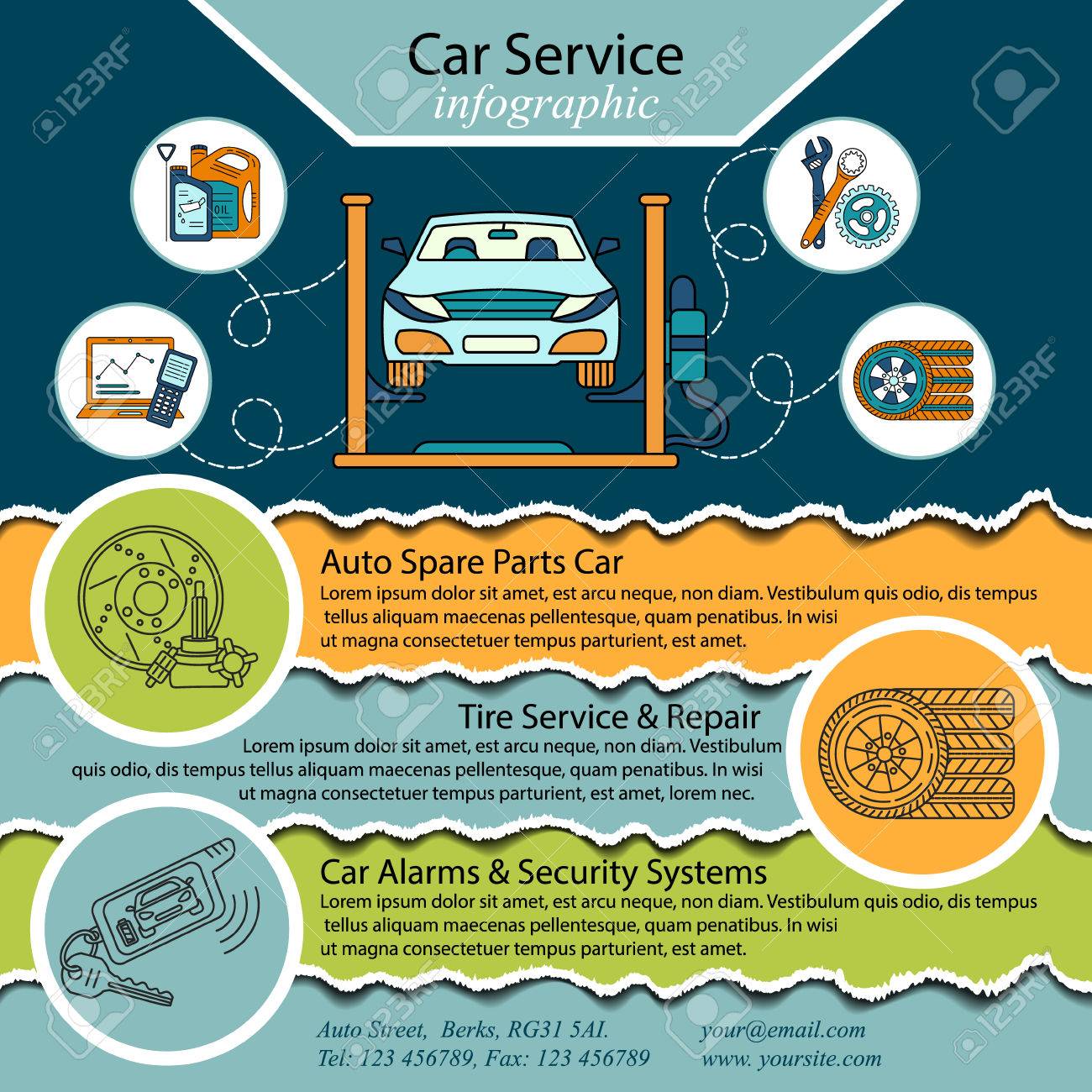Assessing Your Vehicle'S Warning Indicators: What They Really Convey
Assessing Your Vehicle'S Warning Indicators: What They Really Convey
Blog Article
Content By-Hartley Stark
When you lag the wheel, those glowing caution lights on your dashboard can be a little bit bewildering. Do you recognize what they're attempting to inform you about your auto's health? Recognizing the relevance of these lights is vital for your safety and security and the durability of your lorry. So, the next time among those lights pops up, wouldn't you intend to decipher its message precisely and take the necessary steps to address it?
Common Warning Lights and Interpretations
Identify usual caution lights in your car and understand their definitions to make certain risk-free driving.
The most common warning lights consist of the check engine light, which indicates issues with the engine or exhausts system. If this light begins, it's important to have your vehicle inspected immediately.
The oil stress cautioning light suggests low oil pressure, needing immediate interest to prevent engine damages.
A flashing battery light might suggest a faulty charging system, possibly leaving you stranded if not resolved.
The tire stress monitoring system (TPMS) light notifies you to low tire pressure, impacting lorry security and fuel effectiveness. Disregarding this can result in unsafe driving problems.
The abdominal muscle light indicates an issue with the anti-lock braking system, compromising your ability to stop promptly in emergencies.
Last but not least, the coolant temperature cautioning light warns of engine overheating, which can lead to extreme damage if not fixed quickly.
Recognizing these typical caution lights will aid you attend to concerns immediately and maintain safe driving problems.
Value of Prompt Attention
Understanding the typical caution lights in your auto is just the primary step; the value of quickly dealing with these cautions can't be emphasized enough to guarantee your safety when driving.
When a warning light brightens on your control panel, it's your cars and truck's means of communicating a prospective concern that requires interest. Disregarding these warnings can bring about much more severe problems in the future, compromising your security and possibly costing you a lot more out of commission.
Motivate focus to warning lights can protect against malfunctions and accidents. For example, a blinking check engine light might suggest a misfire that, if left neglected, could trigger damages to the catalytic converter. Addressing this without delay can conserve you from a pricey repair.
Likewise, a brake system warning light might signal reduced brake liquid or worn brake pads, vital elements for your security when driving.
Do It Yourself Troubleshooting Tips
If you notice a caution light on your dashboard, there are a few do it yourself repairing pointers you can attempt before seeking expert assistance.
The primary step is to consult your vehicle's guidebook to understand what the specific warning light indicates. Occasionally the issue can be as straightforward as a loosened gas cap setting off the check engine light. Tightening the gas cap may deal with the issue.
An additional common problem is a reduced battery, which can activate various alerting lights. Inspecting car wash location for rust and guaranteeing they're protected may take care of the trouble.
If a caution light continues, you can try resetting it by separating the auto's battery for a few minutes and then reconnecting it. In addition, examining your vehicle's liquid degrees, such as oil, coolant, and brake liquid, can aid troubleshoot cautioning lights connected to these systems.
Verdict
In conclusion, understanding your automobile's caution lights is important for keeping your car running smoothly and safely. By promptly resolving ceramic coating car wash and understanding what they mean, you can stay clear of pricey repair work and possible failures.
Bear in mind to consult your cars and truck's handbook for certain information on each cautioning light and do something about it accordingly to make sure a hassle-free driving experience.
Remain notified, stay secure when traveling!
